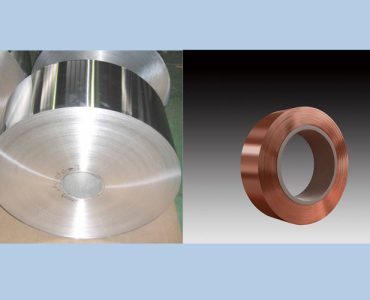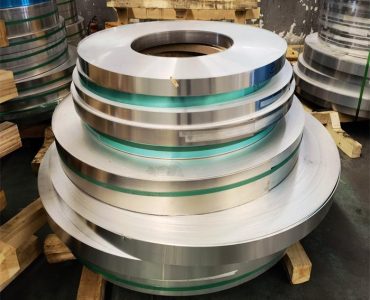Selecting the appropriate aluminum strip widths and thicknesses is a crucial step in ensuring the success of your project. The dimensions of the strip directly impact its performance, durability, and suitability for specific applications. Here’s a comprehensive guide to help you navigate the world of aluminum strip dimensions:
1. Understand Your Application:
Begin by understanding the application for which you need the aluminum strip. Different industries and uses have varying requirements for widths and thicknesses based on factors like load-bearing capacity, electrical conductivity, heat dissipation, and structural integrity.
2. Width Considerations:
- Narrow Strips: Narrow strips are suitable for applications where space is limited or where intricate shapes and designs are required. They are commonly used in electrical coils, printed circuit boards (PCBs), and architectural trims.
- Wide Strips: Wide strips offer higher load-bearing capacity and are ideal for structural components, such as in construction, automotive frames, and industrial machinery.
3. Thickness Selection:
- Thin Strips: Thin aluminum strips are preferred in applications where weight is a critical factor, or where flexibility and formability are essential. They are commonly used in electronics, packaging, and decorative elements.
- Thicker Strips: Thicker strips provide increased strength and durability, making them suitable for heavy-duty applications like heat exchangers, transformers, and structural supports.
4. Load-Bearing Capacity:
For applications involving heavy loads or structural integrity, opt for thicker strips with sufficient load-bearing capacity to ensure the material can withstand the required forces.
5. Thermal Conductivity:
In applications requiring effective heat dissipation, consider thinner strips with higher thermal conductivity. Thinner strips can efficiently transfer heat away from the source, contributing to better temperature regulation.
6. Electrical Conductivity:
For electrical applications, thinner strips with higher electrical conductivity may be preferable. Thinner strips can efficiently conduct electricity, making them suitable for transformers, coils, and conductors.
7. Formability and Bending Radius:
Thinner strips are often more formable and can be bent into tighter radii compared to thicker strips. Consider the bending requirements of your project and choose a thickness that allows for the desired level of formability.
8. Durability and Strength:
Thicker strips generally offer greater durability and strength, making them suitable for applications where mechanical stress or heavy loads are anticipated.
9. Industry Standards and Regulations:
Be aware of industry-specific standards and regulations that may dictate the acceptable range of widths and thicknesses for certain applications. Adhering to these standards ensures compliance and safety.
10. Customization and Expert Advice:
If your project has specific requirements that fall outside standard dimensions, consider working with manufacturers who offer customization options. Consultation with experts in the field can provide valuable insights into selecting the optimal dimensions for your application.
Conclusion:
Selecting the right aluminum strip widths and thicknesses involves a careful consideration of your application’s requirements, load-bearing capacity, thermal and electrical conductivity, formability, durability, and industry standards. By choosing dimensions that align with your project’s needs, you can ensure optimal performance, longevity, and success in your endeavors.



